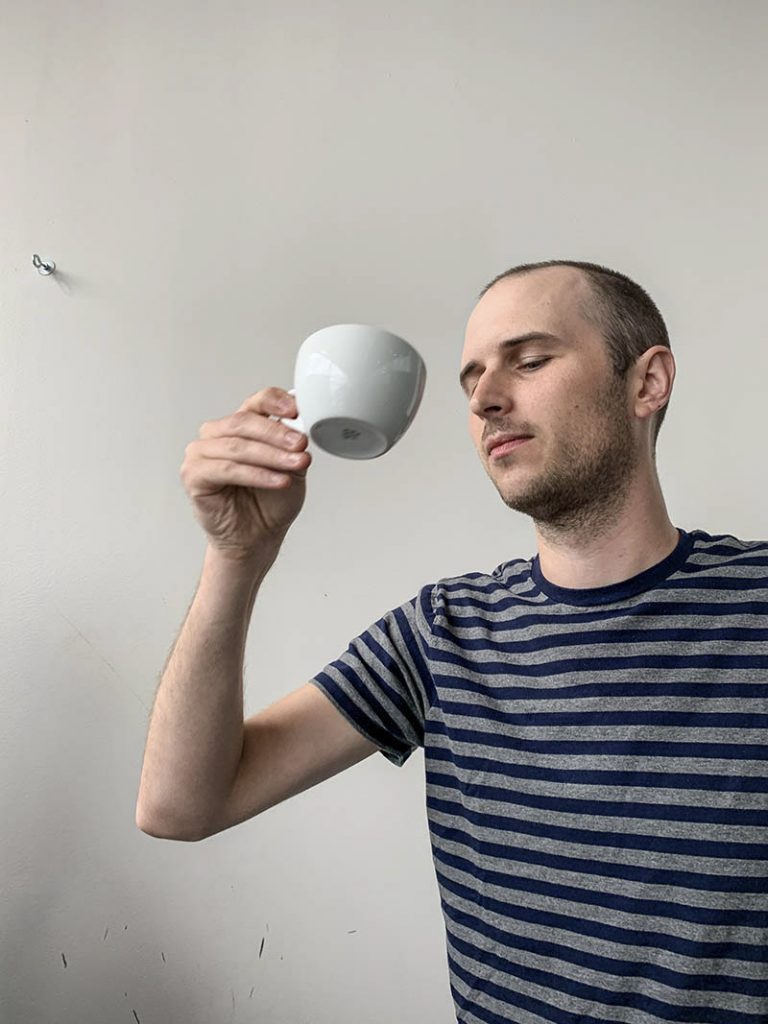Prof. Dan Larkin has a Conversation with Alum Ethan Aaro Jones
Intro: RIT Photo Professor Dan Larkin (DL) was Ethan Aaro Jones’ (EJ) photography teacher for his junior and senior years in the Fine Art Photography Program. They have stayed in touch and Dan produced this interesting post from a recent conversation he had with Ethan fifteen years after their first meeting

DL: Can you summarize your life/art/employment since graduating from RIT? If you can please discuss what you thought you might do as opposed to what you did do/are doing?
EJ: After graduating, I moved to Rockport, Maine for a job as a teaching assistant at the Maine Media Workshops. I was there for about two years. I enjoyed living in Maine but I found it somewhat isolating. During my first winter I frequently dreamed up ideas for connecting with a larger photography community. I was living with my friend and fellow RIT Photo alum David Wright and together we formed Pause, to begin (PTB). PTB turned into a collection of 15 photographers from around the country. In May 2008 Dave and I drove to interview each photographer in their current locations, a journey of approximately 10,000 miles. In addition to being ambitious, it was an informative experience. PTB ended up as an exhibition, with an accompanying catalogue in addition to the interviews.
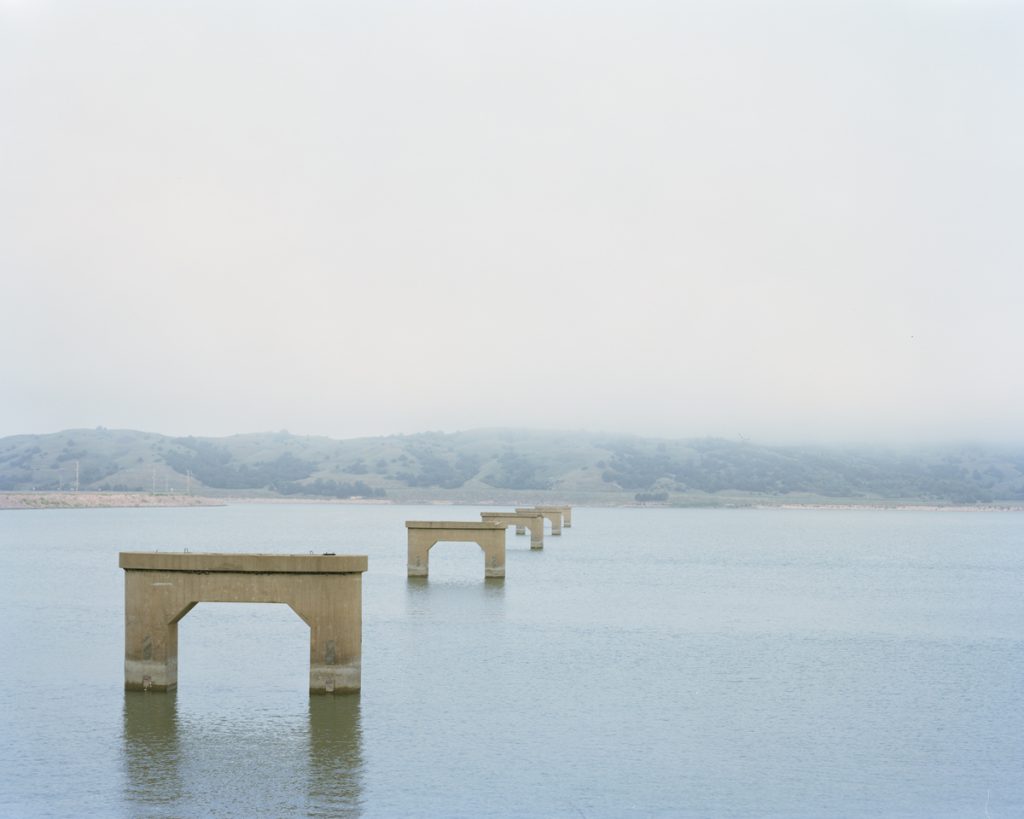
The process of making and producing PTB only served to reinforce my convictions that I still wanted to be an artist. This, and a lack of interesting job prospects, led me to apply to graduate school. I enrolled at Columbia College Chicago for the fall of 2009. While there are several faculty I really liked at Columbia, on the whole, Graduate School was probably the most significant misstep of my post-RIT life.
Before Graduate school I had envisioned myself eventually becoming a photography professor while continuing to be an artist. Once I got my MFA from Columbia, I wanted nothing else to do with academia. Thankfully, I lucked into an opportunity and moved to Minneapolis to run a printing and scanning business, Big Al’s, out of Alec Soth’s studio. I was looking to escape the long shadow of Grad School, and this was the perfect opportunity.
For the past 13 years, making pictures has remained constant. Ironically perhaps, the worst (or maybe just the most confused) photographs are almost entirely from graduate school. Living and working in Minneapolis has set me free, both mentally and practically. I no longer feel burdened by the arbitrary deadlines and conversations often associated with graduate school critiques.
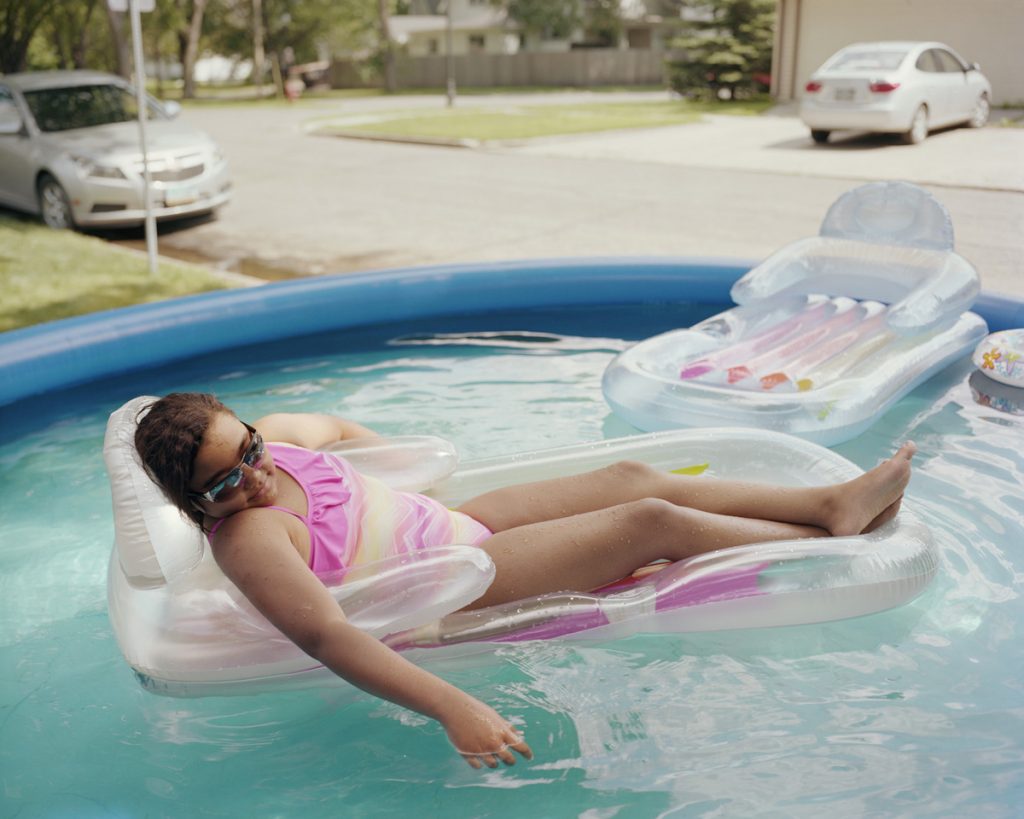
DL: What has been your biggest challenge in continuing to make work?
EJ: Time and money are the biggest ongoing oppositions. I need to work to be able to afford to photograph, and photographing takes an incredible amount of time that directly conflicts with working. I’m still wrestling with this, but receiving a grant from the Minnesota State Arts Board in 2017 was a significant and encouraging step forward and really helped me continue to make work.
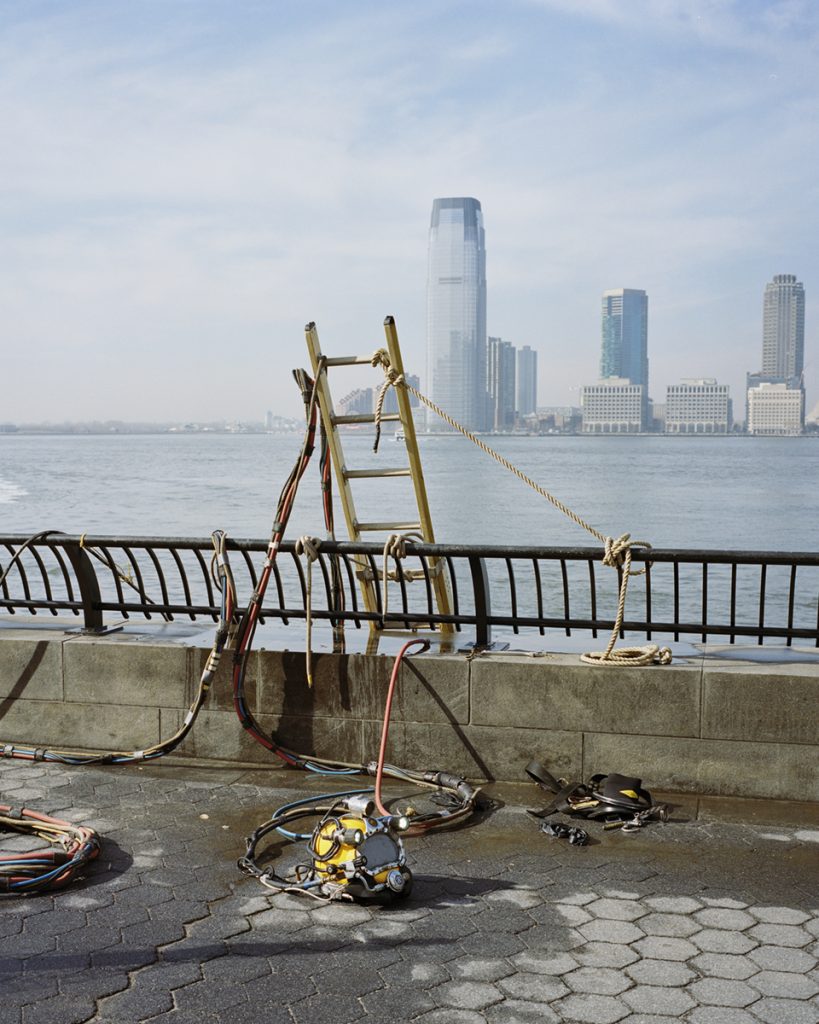
DL: So you still photograph? How often do you make pictures, and is there always a specific purpose?
EJ: Yes! I photograph as frequently as possible. Often this just means talking walks around Minneapolis with my camera. The purpose is an unending interest in photography and engaging with my current surroundings. However, I’m also working on other long-term projects that are more specific and can involve some travel. I’m always looking for ways to make all of this possible. All of my work is self-driven.
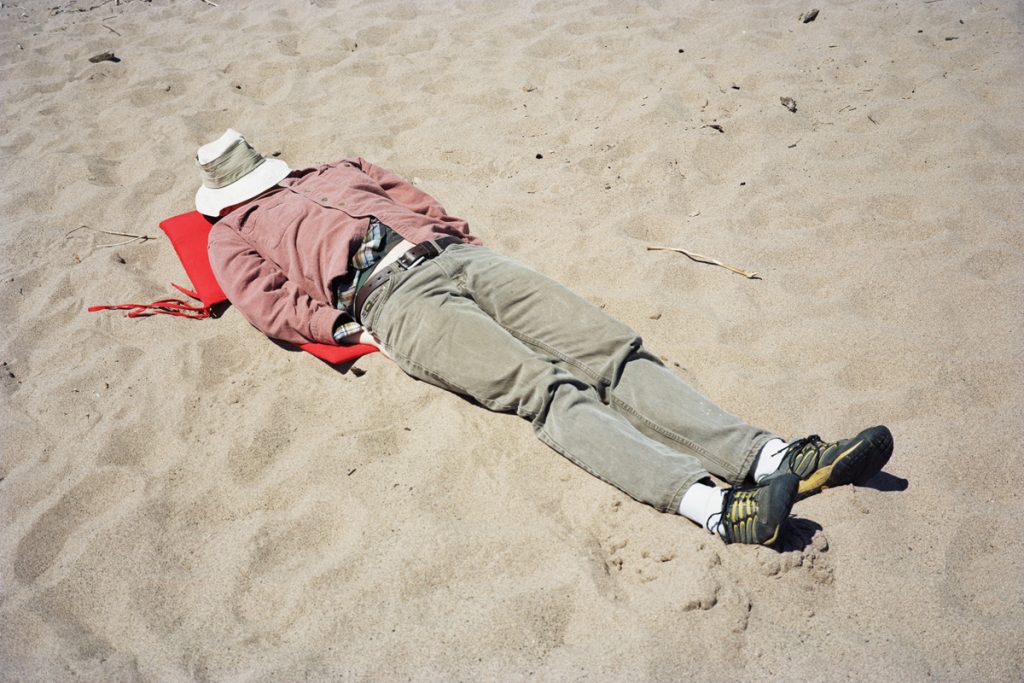
DL: Tell me about your current job.
EJ: I am Alec Soth’s Studio Manager, and I also still run Big Al’s. Through both of these engagements, I am able to work with photographers that I admire and that I continue to learn from. Getting to collaborate on significant projects and help solve printing and scanning problems is usually rewarding and often just plain fun. I take pride in the prints and/or scans I make for not only Alec, but also for artists such as JoAnn Verburg, David Goldes, Stuart Klipper, and Ron Jude, among others.
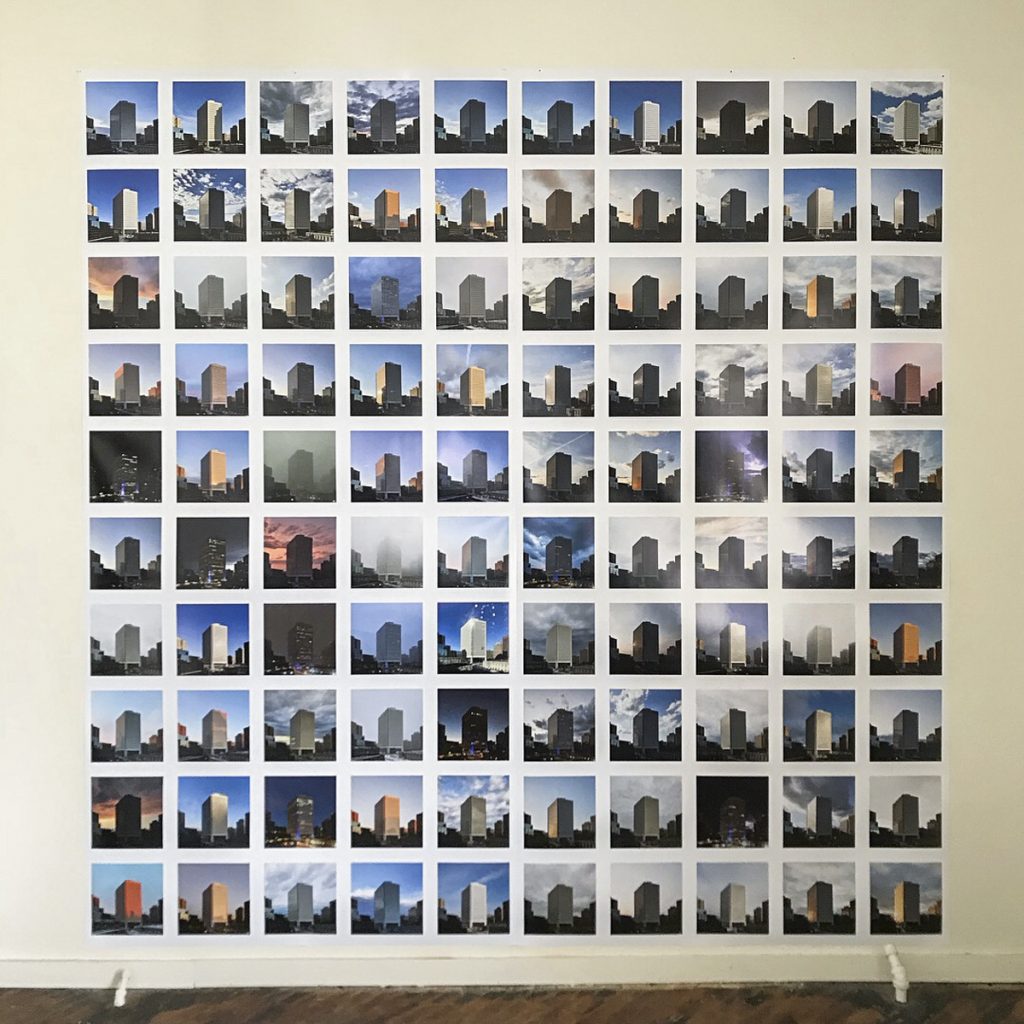
DL: Is there any advice you’d like to pass along to current RIT students? Perhaps about better utilizing their education?
EJ: It may sound obvious, but if you want to be a photographer, you need to keep making photographs. I hear of, and see so many people that haven’t actually kept up with their practice by making pictures regularly. It is nearly impossible to explore as an artist without producing a significant amount of work. I tend to think that I am never photographing enough. If a week goes by and I haven’t picked up my camera I seriously worry — self-doubt creeps in. I think the only way to utilize your education is to use it, literally. If you are engaged with your own work, then it engages you. Eventually the work will find a way towards attention and hopefully recognition. Good work is hard to keep hidden.

DL: Advice on preparing for life after school?
EJ: I think anyone in the arts needs to have a comprehensive understanding of how to find ways to fund their work. If you want to be inventive in your artistic endeavors, then you should be thinking creatively about how to live and support yourself. It is also essential to learn to make a reasonable budget for yourself that reserves some of your income for art-making. You also need to learn how to write off art expenses on your taxes.
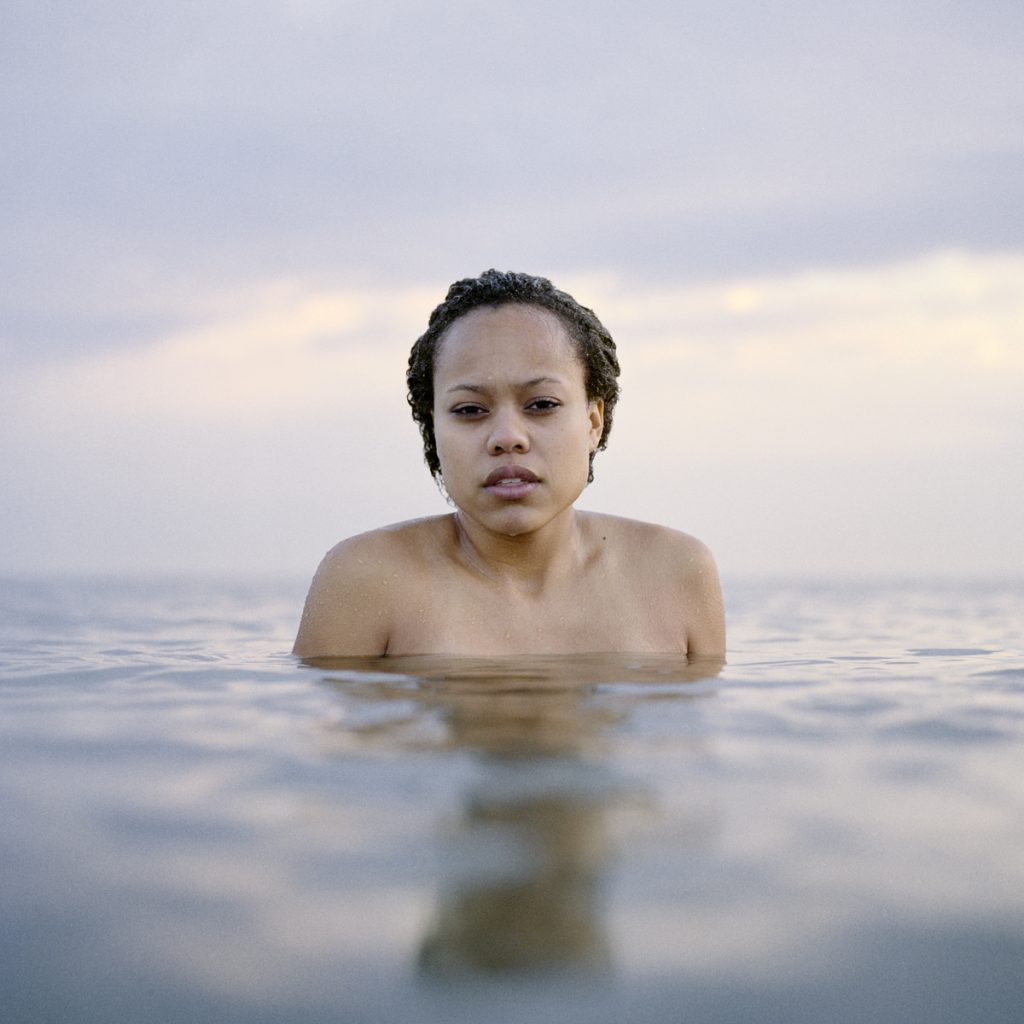
DL: What do you miss most about your time as a student here in SPAS or in Rochester?
EJ: I miss sitting in your office talking about pictures, looking at books, and working through ideas. I did this regularly and it was probably the single best part of my education. I would also spend a lot of time in the library looking at photo books.
I love Rochester. It is a sad, grey, but beautiful city that I always felt comfortable in. The proximity to Lake Ontario was always a draw for me. I love the Great Lakes, and if anything, this love is the strongest connecting thread in all of my work, and I can connect most of the work I’ve made back to Lake Ontario. It is a special place.
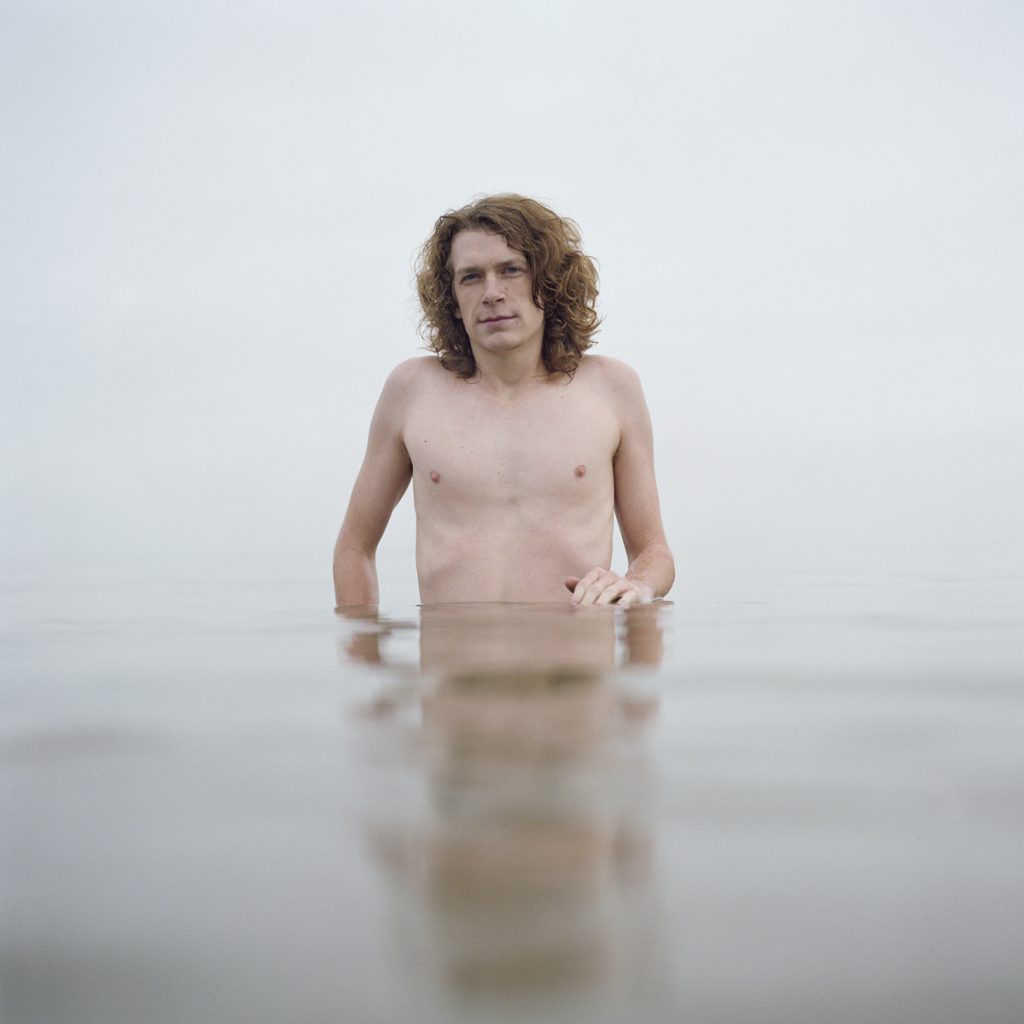
DL: Tell me one particularly strong memory from your time as an RIT student.
EJ: Photographing my photography peers in the waters of Lake Ontario on chilly, early mornings in October and November of 2005 and 2006. These pictures still haunt me. I’m sometimes at a loss when describing where the pictures came from, but I have a never-ending attachment for the experience I had making them. Through the process of photographing I was able to confront my own awkwardness (I’m 6’7” tall) and see a similar vulnerability and visceral reaction in others. It is poignant looking at these photographs today, because now, 13–14 years later, we look so young, we are also naked for the most part, the pictures are kind of sexy, yet I think it is safe to say that many of us felt at least a little unsure and uneasy. I’d kill to have the confidence I felt brewing inside me as I made those pictures again. Where did that come from? I’m still searching for it in many ways, and I have been ever since I left RIT. It was some kind of magic.
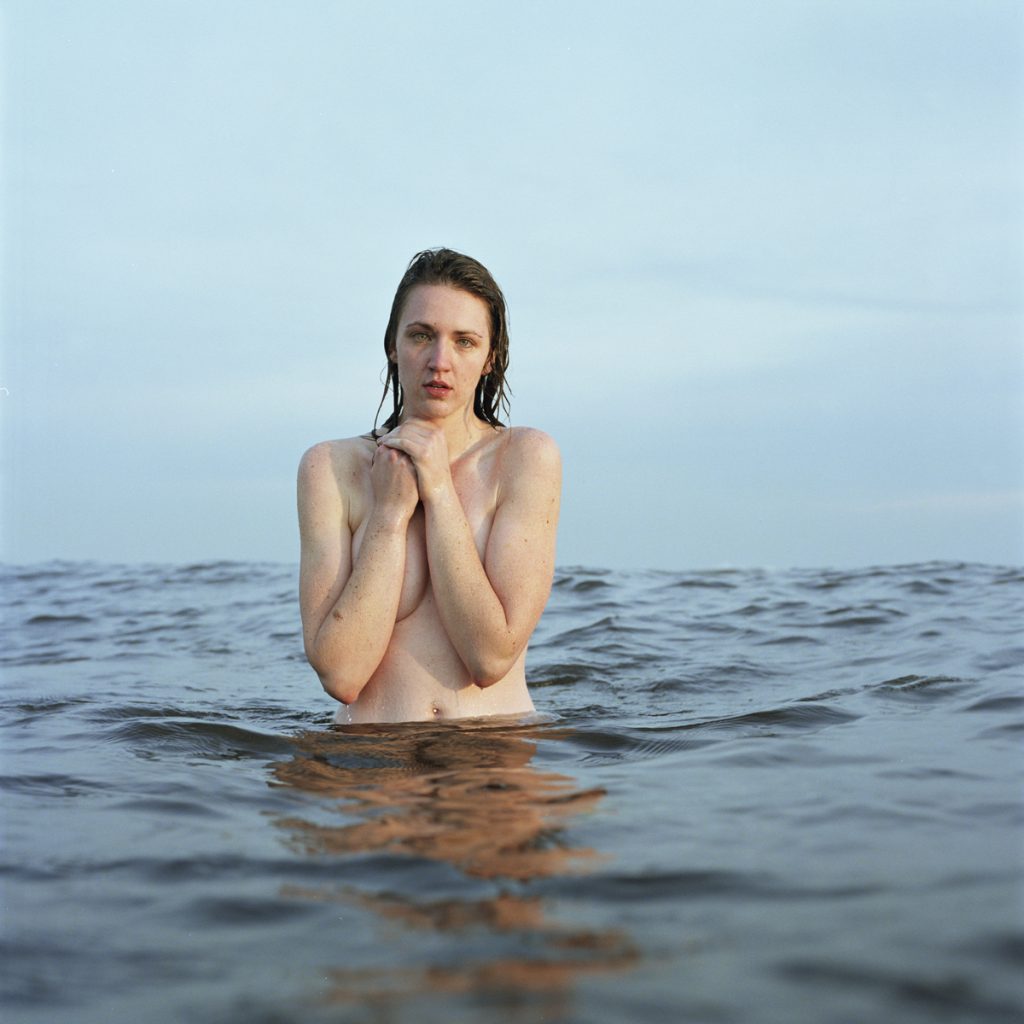
Associate Professor Dan Larkin earned his BFA in Fine Art Photography from RIT in 1993. He is a native of beautiful Rochester, New York. Dan shares, “Over the course of my life I’ve left a few times, in pursuit of happiness with the intent of never returning. ROC just kept pulling me back in… I’ve been teaching at RIT for thirty years and hope to continue for another decade or two. I enjoy long walks on the beach with no one in particular, strong dark roast coffee, and a sesame seed bagel with peanut butter for breakfast. If I were blind my favorite color would definitely be tie-dye and I am obsessed with photography because it offers me constant opportunities to coax insight from the seemingly ordinary”.
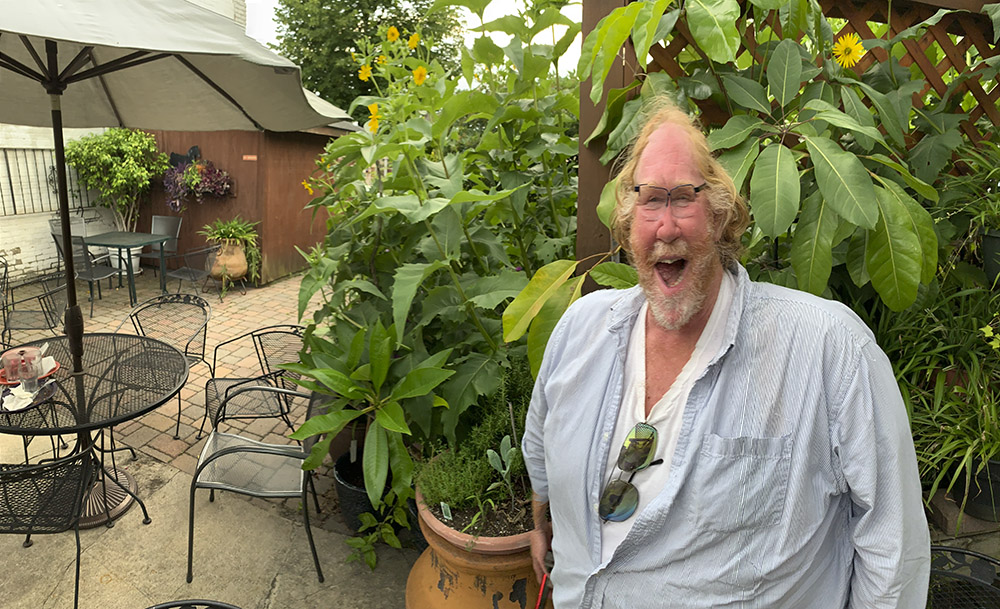
Ethan Aaro Jones earned his BFA in Fine Art Photography in 2007. From Dan Larkin, Ethan Aero Jones is the tallest student I’ve ever had. He hails from McLean, VA. He was my teaching assistant for an eventful and unforgettable summer transfer class back in 2006. He’s lived in Maine, NYC, Chicago and Minnesota since he graduated. Ethan, his wife Nora and their two cats, Jacques and Margot are about to move into their first home in the King Field distract of Minneapolis, which was farm country in the second half of the 19th century.
